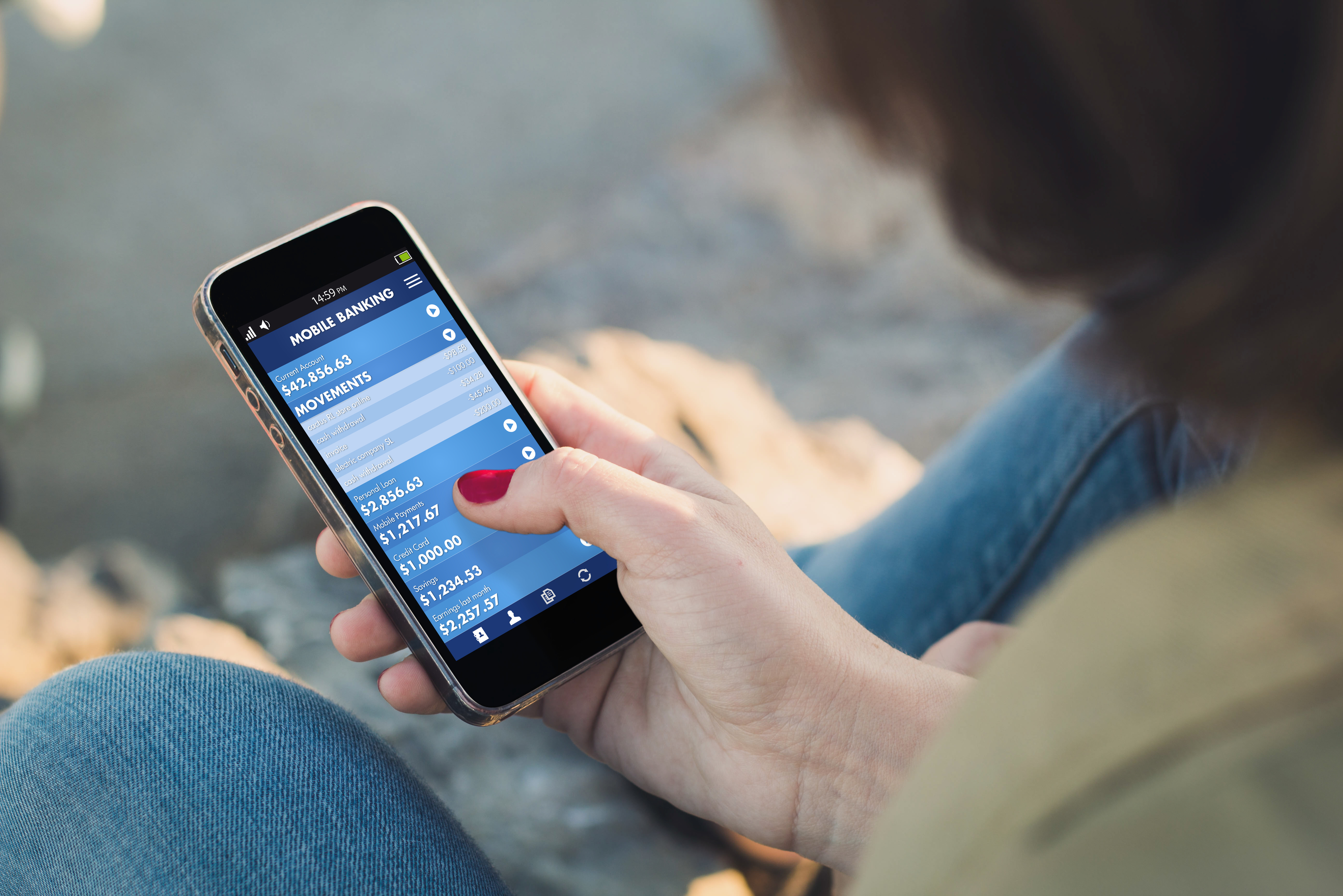
NEARLY a third of Britons say apps are making their finances worse either by encouraging them to spend more or meaning they lose track of their outgoings, a survey has found.
Many are being encouraged to indulge in “out-of-hours spending” by the convenience of apps which enable them to make purchases at the click of a button, according to the research from the Financial Services Compensation Scheme (FSCS).
One in seven (15%) admit to spending using apps while at work.
Many also use their app to shop from the comfort of their bed with 18% of people doing this when they wake up in the morning, and 38% when they curl up under the duvet at the end of the day.
Nearly two-thirds (61%) of people surveyed say apps make it easier to part with their cash, while 31% believe apps have a negative impact on their finances, either meaning they spend more or lose track of their outgoings.
Women spend £131 via apps during a month typically, while men fork out around £115, the research suggests.
Men are more likely to shell out via apps on gambling, travel, socialising, entertainment and music, while women are more likely to use apps for food and general shopping.
Many apps available will help people to manage their budgets more easily and identify areas where they may be overspending.
But less than one in five (18%) people surveyed with an electronic device such as a mobile phone or a tablet have an app that helps them to save or manage their money better.
The FSCS is the UK’s savings safety net that protects consumers’ savings held in banks and building societies in the event that a firm goes bust, up to an £85,000 limit.
Mark Oakes, head of communications at the FSCS, said: “Being able to make purchases at the touch of a button removes the thinking time you would usually have if you were in a shop.
“It requires discipline to stay in control of your money, not only spending but also saving, but it’s worth doing.
“Setting aside just a little a month can add up to a big sum; we are here to make sure your money is protected.”
The survey included more than 2,000 people from across the UK.

Enjoy the convenience of having The Sunday Post delivered as a digital ePaper straight to your smartphone, tablet or computer.
Subscribe for only £5.49 a month and enjoy all the benefits of the printed paper as a digital replica.
Subscribe